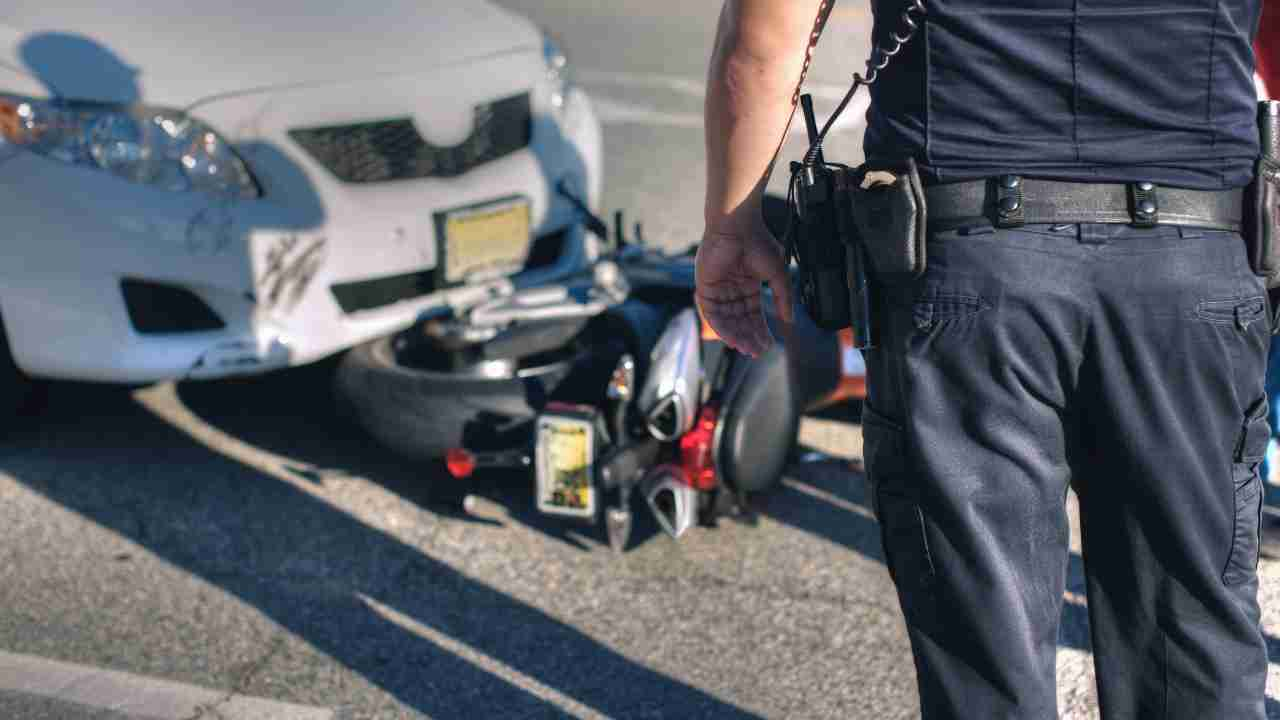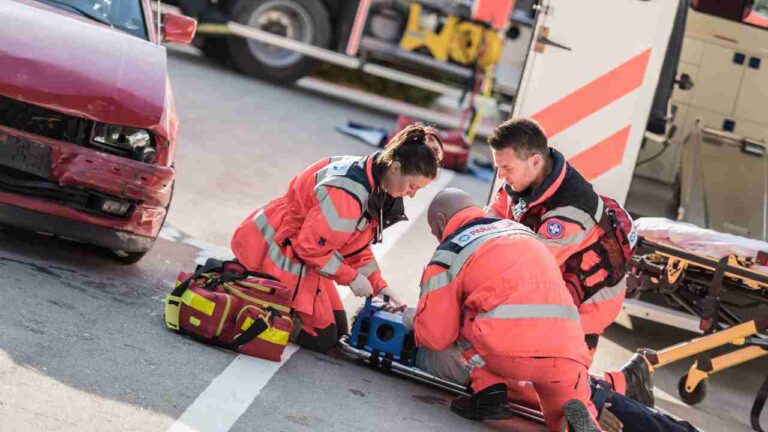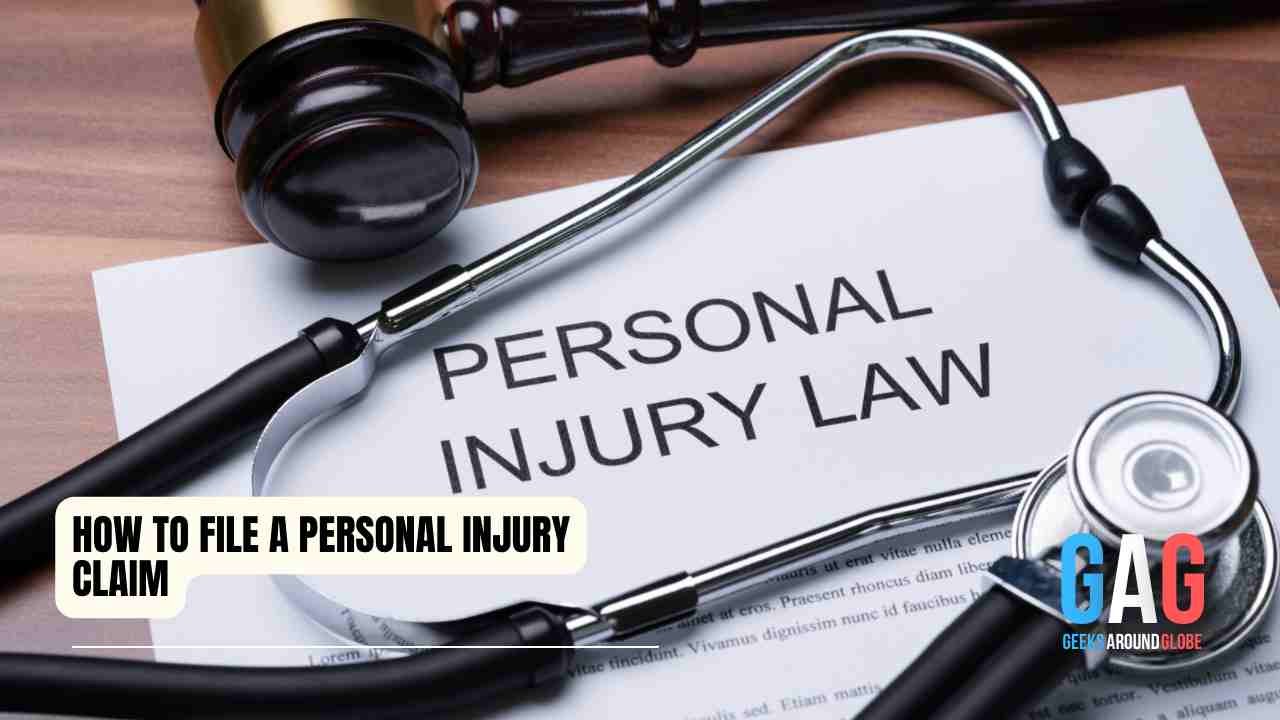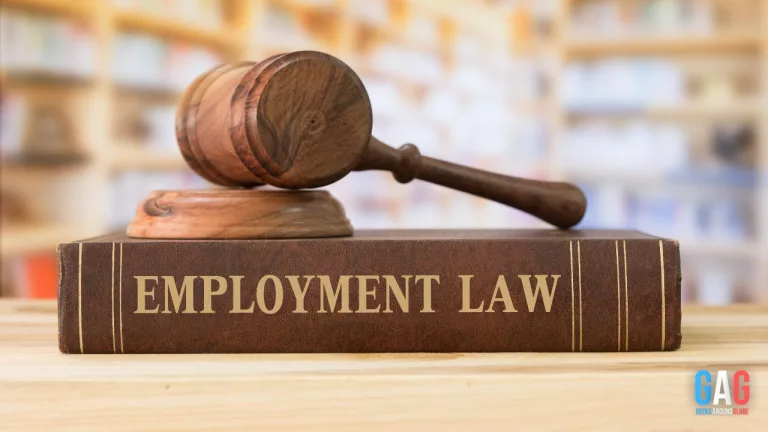Augmented Reality is revolutionizing the motorcycle industry, enhancing safety and reshaping accident response mechanisms. This technology is not only improving the riding experience but also playing a pivotal role in addressing the complexities of post-accident scenarios, especially in hit-and-run cases. This article delves into the multifaceted impact of AR in motorcycle safety and its profound implications in legal assistance and accident litigation.
1. AR in Motorcycle Safety:
AR technology in motorcycle helmets and visors is a significant advancement in rider safety. These systems provide real-time information, such as navigation, traffic conditions, and hazard alerts, directly within the rider’s line of sight. Advanced features include rear-view camera feeds and blind spot alerts, drastically reducing the risk of accidents. This proactive approach to safety is a leap forward in preventing accidents before they occur.
2. Training and Simulation:
AR’s role extends into training, where it offers riders a dynamic and interactive learning experience. Riders can practice in various simulated environments, from busy urban streets to challenging rural roads, preparing them for real-world situations. This exposure is crucial in developing quick reflexes and better judgment, key factors in avoiding accidents.
3. Accident Response and Analysis:
In accident scenarios, AR technology provides invaluable assistance. For first responders, AR can offer immediate access to the rider’s medical information and guide them through emergency procedures. In terms of accident reconstruction, AR provides detailed analyses, such as the trajectory of the vehicles involved and the impact dynamics. This information is crucial in understanding the accident and can be pivotal in legal investigations.
4. Legal Implications and Support:
The data gathered through AR technology is transforming the landscape of legal assistance in motorcycle accidents. In hit-and-run cases, where tangible evidence is often limited, the detailed information provided by AR can be critical in identifying the responsible party. Legal professionals specializing in motorcycle accidents are increasingly relying on this data to build robust cases.
Expanding on Legal Assistance:
Legal experts, equipped with AR-derived data, can offer more precise and factual representation for victims. This technology aids in illustrating the sequence of events accurately, countering any discrepancies or false claims. In cases where liability is contested, AR data can be the deciding factor, ensuring that justice is served.
For victims of hit-and-run accidents, navigating the legal system can be daunting. Specialized legal firms, such as Fadduol Law, provide comprehensive support, guiding clients through the complexities of legal proceedings. They help in securing rightful compensation for damages and injuries, leveraging AR technology to strengthen the case. From initial consultation to courtroom representation, these legal professionals ensure that the victim’s rights are protected and their voice is heard.
Conclusion:
Augmented Reality is significantly influencing motorcycle safety and accident response. Its integration into the riding experience is setting new safety standards, while its application in legal proceedings is ensuring fair and just outcomes for accident victims. As AR technology continues to evolve, its role in legal assistance will become increasingly vital, offering a beacon of hope for those affected by motorcycle accidents. The future of motorcycle riding and legal advocacy is being reshaped by AR, promising a safer and more just road ahead for all.







